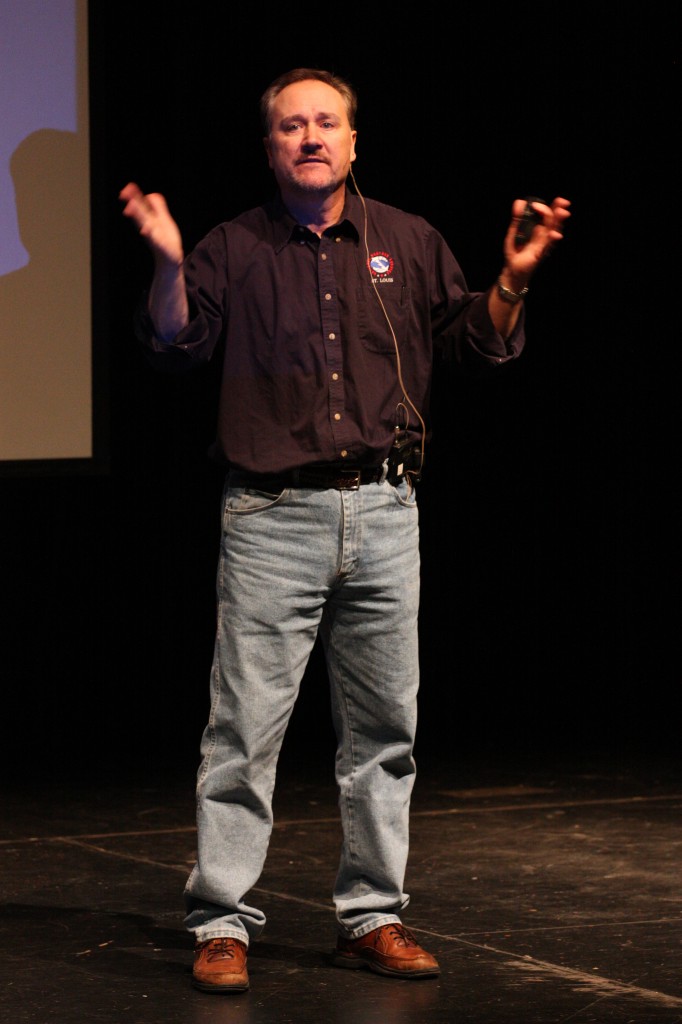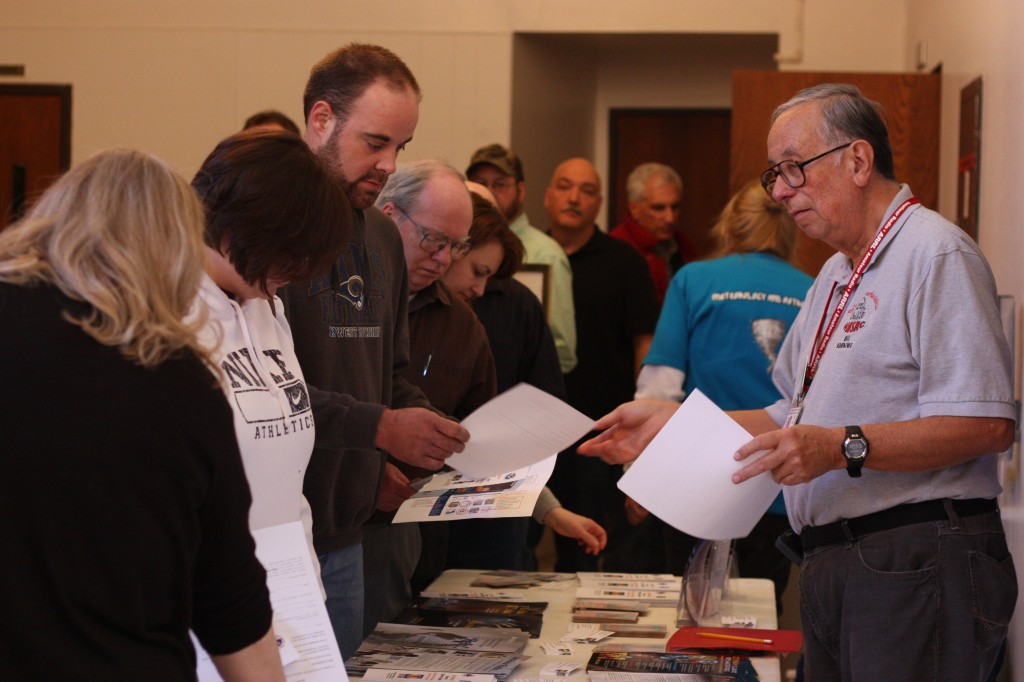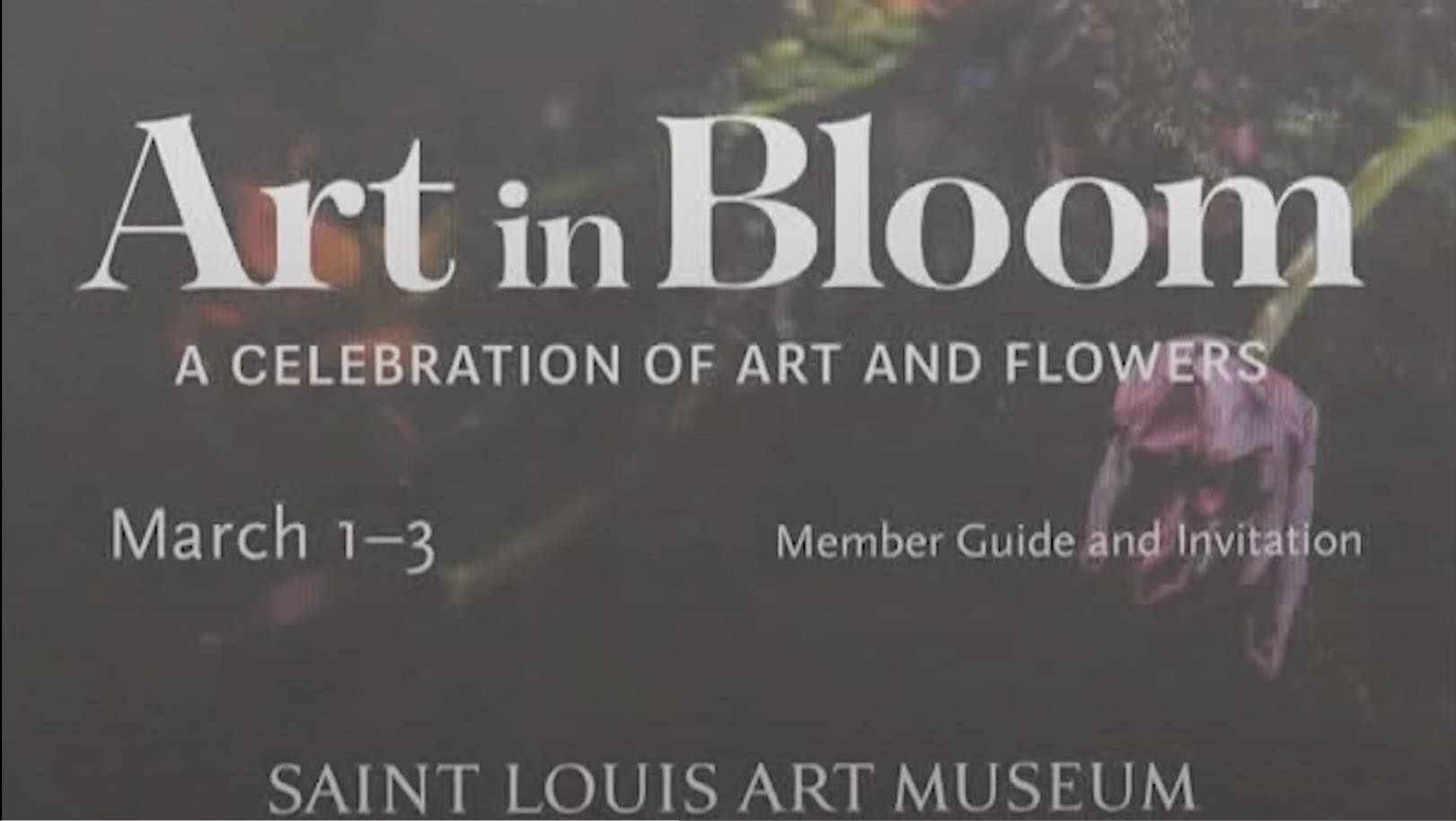Sky Club hosts Jim Kramper, speaker and warning coordinator

By: RYAN GRANGER
Staff Writer
The first day of spring is March 20. Longer days and warmer temperatures come with the threat of severe weather. With the change in season, STLCC-Meramec’s Sky Club hosted an event with guest speaker and Warning Coordinator of the National Weather Service, Jim Kramper.
Kramper, who spoke for nearly three hours in the Meramec Theatre, taught the 175 attendees the importance of safety during severe weather. He also gave information on how to become an active storm spotter and what to report to the National Weather Service when severe weather arises.
“Storm spotters can supply us with what we call ground-truth information,” Kramper said. “I can look at the radar and suspect hail is falling or I can suspect a tornado is on the ground, but the bottom line is the radar can’t tell me. I need those ground-truth reports coming from volunteers to tell me for sure.”
A trained storm spotter is a volunteer who has attended one of these classes. The volunteers receive an identification number, register that number and are able to report weather information that is viable to the National Weather Service.
“Basically it’s a free class that’s open to the public,” President of Sky Club, Arielle Byington said. “The purpose of it is to make people aware of severe weather, how to identify severe weather and emergency procedures. Just what you [need to] do in those types of situations.”

In the presentation, Kramper discussed that the National Weather Service’s job is to communicate information and get it out to the public. He also told the audience that it is their job to interpret that information and make a decision in regard to safety.
“One thing to make clear, this is not a storm chasing class,” Instructor and Sky Club advisor, Joe Schneider said. “It’s about observations on what the public is seeing. Not just tornado and severe [weather] type stuff. People will call in for the amount of snow that fell, or the amount of ice and sleet that’s accumulated on their house or car.”
Kramper who has been working with the National Weather Service since 1985, taught the audience how to search for tornadoes when looking at a super-cell thunderstorm. He explained the differences in shelf clouds, wall clouds and funnel clouds. He also gave a glimpse into storms he has chased, as well as storms that have been recorded by locals across the St. Louis National Weather Service’s 46 county coverage area.
“To have 175 people come on a Saturday morning is really good,” Byington said. “People stuck around and seemed genuinely interested. I’m graduating, but maybe someone will carry the torch and plan it again [next year].”











